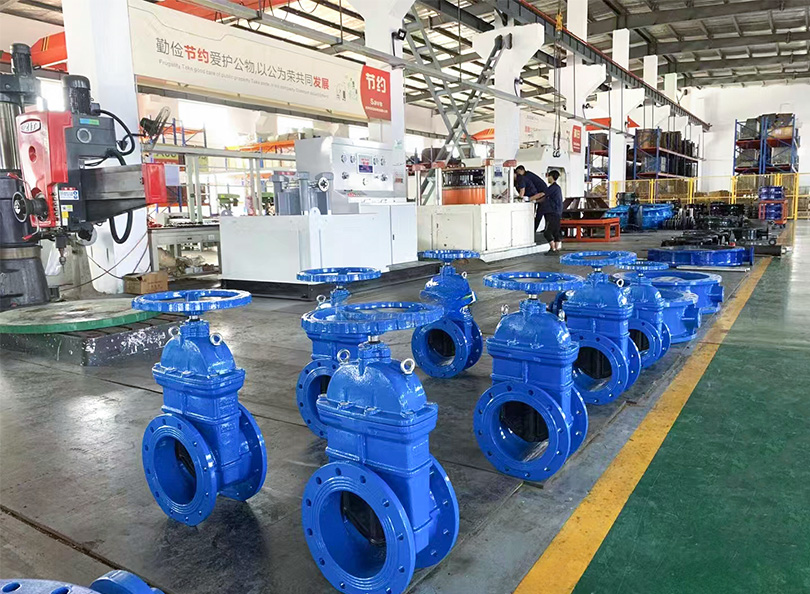Release time:2025-06-06Clicks:
In the realm of industrial applications, steam traps play a pivotal role in ensuring the efficiency and safety of steam systems. These devices are essential for removing condensate and non-condensable gases from steam lines without letting steam escape. Understanding their function, types, and applications is crucial for any industry that relies on steam for its operations.
In this comprehensive guide, we will delve into the intricacies of steam traps, with a special focus on the offerings of Lishui BSV Valves Supplier, a leading name in the industry. We will explore the types of steam traps, their working principles, and how they contribute to the efficiency of industrial operations.
Steam traps are automatic valves that filter out condensate (condensed steam) and gases from the steam system, ensuring that steam remains in its gaseous state for maximum efficiency. They are critical in maintaining the thermal efficiency of the system and preventing water hammer, corrosion, and other issues that can arise from the presence of condensate.

The primary function of a steam trap is to discharge condensate, air, and other non-condensable gases while preventing the loss of live steam. This ensures that the steam system operates at its optimal temperature and pressure, leading to improved energy efficiency and reduced operational costs.
Without effective steam traps, the accumulation of condensate can lead to a range of problems such as water hammer, which can cause significant damage to pipes and equipment. Additionally, the presence of air and other gases can reduce the heat transfer efficiency of the steam system, leading to increased fuel consumption and higher greenhouse gas emissions.
There are several types of steam traps, each with its own unique design and mechanism. The choice of steam trap depends on the specific requirements of the application, including the operating pressure, temperature, and the nature of the condensate load. Here are the main types of steam traps:
Mechanical steam traps operate based on the difference in density between steam and condensate. The most common types of mechanical steam traps are float and thermostatic traps and inverted bucket traps.
Thermodynamic steam traps rely on the principles of thermodynamics to operate. They are compact and can work efficiently in high-pressure applications. The most common type is the disc trap, which uses the difference in pressure between steam and condensate to open and close a valve.
Thermostatic steam traps operate based on the temperature difference between steam and condensate. They use a temperature-sensitive element, such as a bimetallic strip or a bellows, to open and close the valve. These traps are ideal for applications where the steam pressure is relatively constant.
Lishui BSV Valves Supplier is a renowned name in the industry, known for its high-quality steam traps and valve solutions. With a commitment to innovation and customer satisfaction, BSV offers a wide range of steam traps designed to meet the diverse needs of industrial applications.
BSV's steam traps are engineered for durability and efficiency, ensuring long-lasting performance even in the most demanding environments. The company's products are backed by rigorous testing and quality control, making them a reliable choice for industries worldwide.
BSV steam traps are designed with several key features that set them apart from the competition:
Steam traps are used in a wide range of industrial applications, from power generation to food processing. Here are some of the key industries that rely on steam traps for efficient operations:
In power plants, steam traps are essential for maintaining the efficiency of steam turbines and heat exchangers. They help prevent the buildup of condensate in steam lines, ensuring that the turbines operate at optimal efficiency.
In the chemical industry, steam traps are used to control the temperature and pressure of steam processes, ensuring consistent product quality and reducing energy consumption.
Steam is widely used in the food and beverage industry for cooking, sterilization, and pasteurization. Steam traps help maintain the desired temperature and pressure, ensuring food safety and quality.
In the oil and gas industry, steam traps are used in refining and processing operations to remove condensate and maintain efficient heat transfer.
Selecting the right steam trap for your application is crucial for ensuring optimal performance and efficiency. Here are some factors to consider when choosing a steam trap:
Steam traps are a critical component of any steam system, ensuring that steam is used efficiently and safely in industrial applications. By understanding the different types of steam traps and their applications, industries can optimize their steam systems for maximum efficiency and cost savings.
Lishui BSV Valves Supplier offers a wide range of high-quality steam traps designed to meet the diverse needs of industrial applications. With a commitment to innovation and quality, BSV is a trusted partner for industries worldwide seeking reliable and efficient steam trap solutions.
Whether you are in power generation, chemical processing, food and beverage, or oil and gas, choosing the right steam trap is essential for ensuring the efficiency and safety of your steam system. By partnering with a reputable supplier like BSV, you can rest assured that your steam traps will deliver optimal performance and reliability.
In conclusion, steam traps are an indispensable part of modern industrial operations, and understanding their function and applications is key to maximizing the efficiency and safety of steam systems. With the right steam traps in place, industries can achieve significant energy savings, reduce operational costs, and enhance the overall sustainability of their operations.
Tags:Gate Valve,Ball Valve,Butterfly Valve